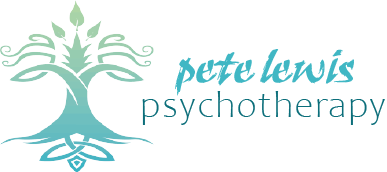Understanding Trauma
Trauma affects not just what happened, but how your body, mind, and emotions carry those experiences. People living with trauma may notice:
- Feeling on edge or easily startled
- Nightmares or flashbacks
- Disconnection from self or others
- Trouble sleeping, concentrating, or regulating mood
- Physical tension or discomfort
These are natural responses when stress overwhelms the nervous system.
A Trauma-Informed Approach
Trauma-informed therapy focuses on safety, choice, and connection. Healing happens when your whole self — body, mind, and emotions — is included. Research shows this approach:
- Reduces symptoms like anxiety, flashbacks, and hypervigilance
- Strengthens coping skills and resilience
- Supports the body in releasing “stuck” stress responses
- Builds safe, trusting relationships
- Integrates mind and body practices for lasting well-being
Key Principles
- Safety – feeling secure and supported
- Choice – progressing at your own pace
- Collaboration – working together as partners
- Empowerment – building your strengths and resilience
- Integration – connecting body and mind
- Connection – fostering safe relationships with self and others
Influential Approaches
- Bessel van der Kolk – highlights how trauma is stored in the body and uses movement, mindfulness, and safe relational experiences to restore connection.
- Peter Levine – developed Somatic Experiencing to gently release “stuck” survival responses in the nervous system.
How It Helps PTSD
Trauma-informed therapy helps by reducing overwhelming symptoms, improving self-awareness and regulation, restoring safety and connection, and supporting growth beyond trauma.
Taking the Next Step
Healing is possible. Trauma-informed therapy offers a compassionate, evidence-based path to reconnect with yourself and others, build resilience, and create meaningful, lasting change.

